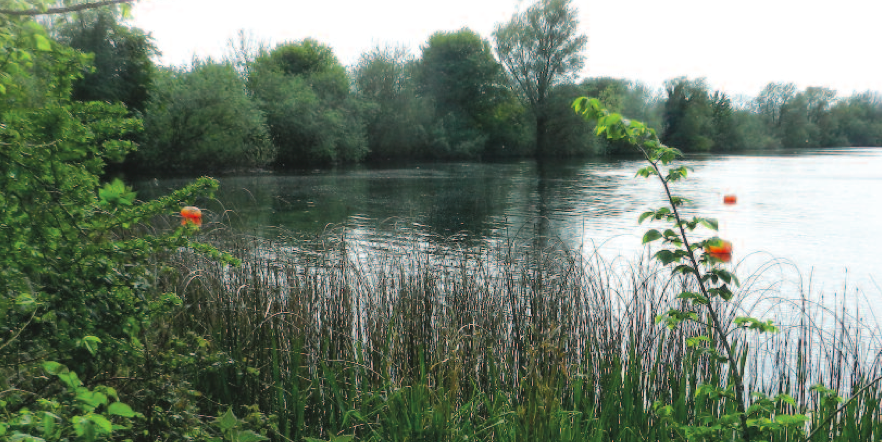In March we had a talk by Mike Stone, Curator of Chippenham Museum and Heritage Centre until 2010 and the author of several books on the history of Chippenham. He took us on a fascinating river trip down the By Brook to tell the story of what for many centuries was a thriving industrial area. This quiet valley had a busy past. Along its twelve-mile length at one time or another were 23 mills, four dating back to 1066, eleven running during the eighteenth and nineteenth centuries, and one from the beginning of the twentieth century. The water current was fast, making it ideal for water milling. There were mills there in Roman times to grind corn and fulling mills in the thirteenth and fourteenth centuries; these reverted to grain as the decline of the woollen industry set in during the seventeenth century. There were paper mills, the first recorded in 1488, rag mills (to feed the paper mills) and breweries. At Slaughterford, for example, Chapp’s Mill was originally a fulling mill, then a paper mill in the 1860s, only closing in 1993. The talk was illustrated with images of past and present, including those parts of the mill buildings that remain.

Cotswold Water Park
The following month, Stewart Dobson, Deputy Chairman of the Wiltshire Ornithological Society, presented a talk entitled ‘Birds to be seen in the Corsham area’. There are many, but they come and go as their habitats change, and the location and fate of predators is closely linked to that of their prey. This area surrounding Corsham provides a good mix of potential bird habitats – Salisbury Plain is a broad expanse of relatively untouched land (except by tanks!), and the restricted areas often offer good, safe habitats. Bradon Forest is a significant area of woodland, as is Savernake, while the rolling open countryside of the Marlborough Downs is ideal for many species. Stewart likened the Cotswold Water Park (pictured below), a larger area of water even than the Norfolk Broads, to a ‘service station’ for wildfowl. Corsham lake is itself a magnet for them, one of the best birdwatching areas, with quite a considerable variety of birds to be spotted. Even railway cuttings, relatively undisturbed areas save for the noise of passing trains, provide safe habitat.
Among the many species discussed were the Great Bustard, reintroduced to the area with mixed results – he recalled seeing one over the M4 motorway – and the Common Crane, reintroduced from Slimbridge via the Somerset Levels. Unusual visitors include a Red Flanked Bluetail (which he described as a robin resprayed!) that turned up at Marshfield from Siberia, and there are increasing sightings of hoopoes flying over Corsham. Stewart also gave us some hints on how to approach birdwatching – a key tip was getting to know bird song as a means of identification – and discussed walks and maps. Particularly noticeable was the audience participation – everyone seemed to have a sighting of something in particular, manifesting a great deal of local knowledge and interest. And there was much discussion at the end of the talk about the killing of migrating birds in Cyprus and Malta.
David Gibbons
